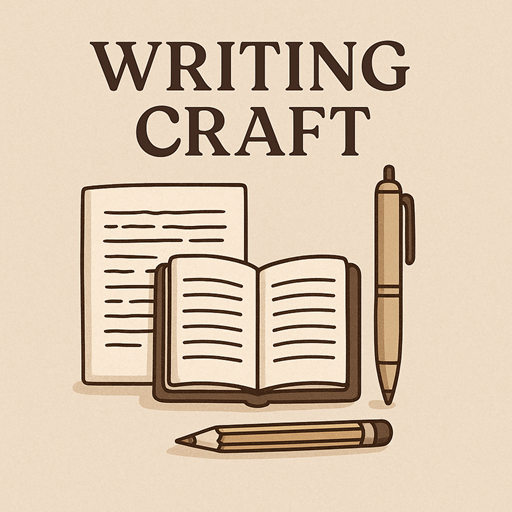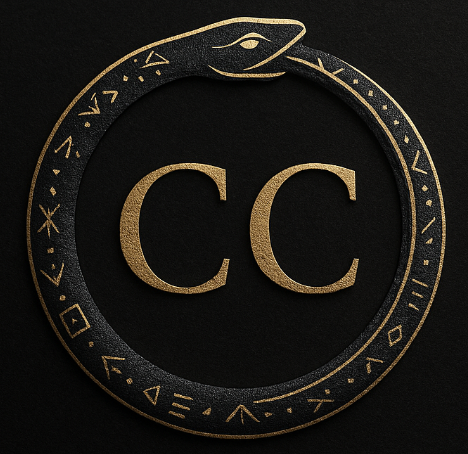If you’ve ever had a pair of characters feel a little too agreeable, a little too in sync, like they’re sipping tea from the same soul—well, congrats on writing your inner harmony. But compelling fiction doesn’t live in inner harmony. It lives in dissonance. In the magnetic push and pull of desire, fear, and reaction.
Enter: the Enneagram subtypes.
Most writers know about the Enneagram’s nine core types—Perfectionist, Helper, Achiever, and so on. But the real character gold lies one layer deeper: in the instinctual subtypes—Self-Preservation, Social, and Sexual (sometimes called One-to-One). These subtypes subtly color each type’s behavior, creating 27 nuanced character patterns that are perfect for fiction.
Let’s dig into how this helps you write relationships that crackle.
Why Subtypes Matter in Character Dynamics
The core type tells you what your character wants.
The subtype tells you how they try to get it—and where they get stuck.
A Social Four wants to be seen and understood—but might act aloof and mysterious to earn that validation.
A Self-Preservation Eight doesn’t seek power for dominance, but for survival—so they control their environment quietly and aggressively.
A Sexual Six might provoke their partner to test loyalty, while a Social Six might seek safety in rules, roles, or groups.
When two characters’ subtypes clash, drama.
When they align, chemistry.
When they misunderstand each other’s instinctual priorities, plot.
How to Use Enneagram Subtypes in Your Writing
1. Pick Subtypes to Create Natural Conflict
Put a Self-Preservation character in the same room as a Sexual subtype, and you’ll have tension without trying. One wants stability, the other wants intensity. Sparks fly—and not always the romantic kind.
2. Let Subtype Mismatch Drive the Plot
A Social subtype may care deeply about appearances and social order—what happens when they’re partnered with a Sexual subtype who bulldozes convention for intimacy or emotional intensity? Now you have a buddy comedy, a love story, or a tragedy.
3. Use Subtypes for Miscommunication
The dialogue writes itself when two people are speaking emotionally different dialects. One character might feel rejected because the other needs alone time (Self-Pres), while the other feels smothered because they’re being “checked on too much” (Social). Instant subplot.
4. Build Arcs Around Subtype Growth
A Social Three who learns to value authenticity over status.
A Self-Preservation Nine who stops merging with others and asserts boundaries.
A Sexual Five who risks vulnerability.
These aren’t just psychological shifts—they’re story arcs.
Need a Kickstart? Try These Combos:
- Sexual Four & Self-Pres Six: One burns with longing and drama, the other wants a bunker stocked with canned beans and a schedule. Chaos ensues.
- Social Eight & Social Two: Both want to lead the group… in very different ways.
- Self-Pres Nine & Sexual One: One avoids conflict, the other confronts everything. Quiet implosion pending.
A Nod to the Source
Want to go deeper? Beatrice Chestnut’s The Complete Enneagram is a deep dive into subtype psychology that every writer should read with a highlighter. It’s not a writing craft book—but if you treat it like a character atlas, it may as well be.
Final Thought:
Subtypes make characters weird. Real. Predictable and yet surprising—like people. They give you the tools to create dialogue that pops, dynamics that dance, and relationships readers believe in.
So next time you’re building a cast, don’t just ask what type your character is. Ask:
What instinct drives them?
Who do they annoy?
Who do they crave?
And what, exactly, are they afraid will ruin everything?
Then throw them in a room together. And let the fireworks begin.


